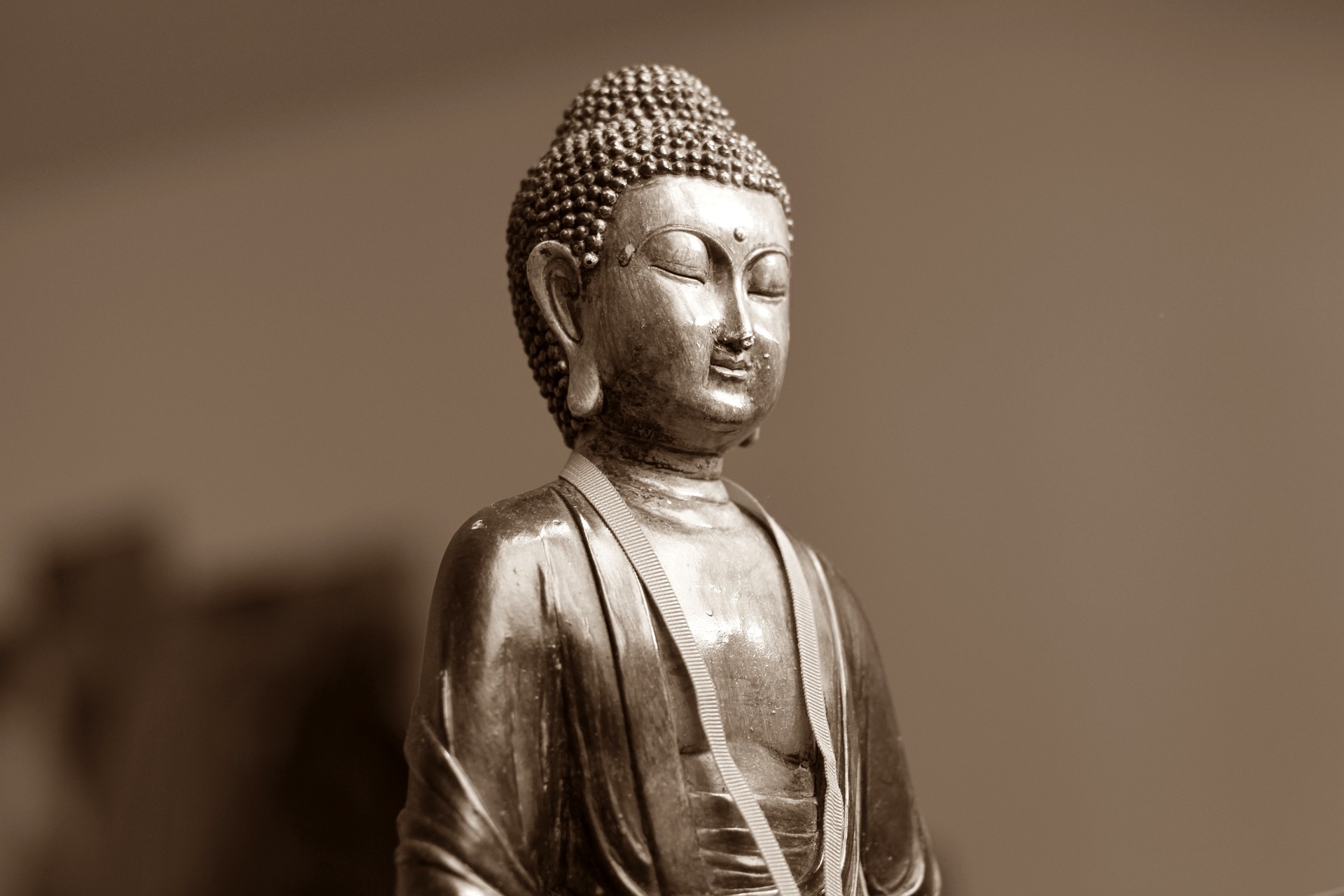
Buddha Purnima 2024 Date: Buddha Jayanti Significance, Rituals
Posted on May 19, 2024
Buddha Purnima, also known as Vesak or Buddha Jayanti, is one of the most important festivals for Buddhists worldwide. This sacred day commemorates the birth, enlightenment (nirvana), and death (parinirvana) of Gautama Buddha. It falls on the full moon day of the month of Vaisakha, typically in April or May, and holds immense spiritual significance for millions of Buddhists around the globe.
Buddha Purnima in 2024 falls on May 23, Thursday.
Tithi Time: May 22, 06:48 PM – May 23, 07:23 PM.
Historical and Spiritual Significance
Buddha Purnima marks three pivotal events in the life of Siddhartha Gautama, who became the Buddha:
- Birth: Siddhartha Gautama was born in Lumbini (modern-day Nepal) in 623 BCE to Queen Mahamaya and King Suddhodana. His birth is believed to have been accompanied by various miraculous events.
- Enlightenment: At the age of 35, Siddhartha attained enlightenment under the Bodhi tree in Bodh Gaya, India, transforming into the Buddha, the “Awakened One.” This event signifies the discovery of the path to liberation from suffering.
- Parinirvana: At the age of 80, Buddha passed away in Kushinagar, India. His death is seen not as an end but as the final release from the cycle of birth, death, and rebirth (samsara).
Celebrations and Rituals
Buddha Purnima is celebrated with great reverence and joy across Buddhist communities. The celebrations vary by region but commonly include the following activities:
Temple Visits and Prayers
Devotees visit Buddhist temples and monasteries to offer prayers, chant scriptures, and participate in meditation sessions. The day often begins with the hoisting of the Buddhist flag and singing hymns in praise of the Buddha.
Offerings and Alms
Buddhists make offerings of flowers, incense, candles, and food at shrines and statues of Buddha. It is also customary to offer alms to monks and nuns, reflecting the teachings of charity and compassion.
Acts of Kindness
Engaging in acts of kindness and generosity is a key aspect of Buddha Purnima. Buddhists often distribute food, clothes, and other essentials to the needy, visit orphanages and old age homes, and release captive animals as a symbol of compassion and respect for life.
Processions and Cultural Events
In many regions, colorful processions featuring statues of Buddha are carried out. Cultural programs, including traditional dances, plays, and exhibitions depicting the life and teachings of Buddha, are organized to spread his message.
Observances Around the World
- India: In Bodh Gaya, Sarnath, and Kushinagar, major celebrations are held with thousands of devotees participating in rituals and prayers.
- Nepal: Lumbini, the birthplace of Buddha, hosts grand festivities with international participation.
- Sri Lanka: Vesak is a public holiday with elaborate decorations, lanterns, and food stalls offering free meals.
- Thailand, Myanmar, and Other Southeast Asian Countries: Temples are beautifully adorned, and various religious and cultural activities take place.
Core Teachings Celebrated
Buddha Purnima is a time to reflect on and embody the core teachings of Buddha, including:
- The Four Noble Truths: Understanding the nature of suffering and the path to its cessation.
- The Noble Eightfold Path: A guide for ethical and mental development to achieve spiritual enlightenment and liberation.
- Compassion and Non-violence: Emphasizing kindness, empathy, and the sanctity of all life forms.
Conclusion
Buddha Purnima is a profound day of spiritual reflection and community celebration. It offers Buddhists an opportunity to deepen their understanding of Buddha’s teachings, engage in acts of compassion, and come together in a shared commitment to the path of peace and enlightenment. As a global festival, it highlights the enduring legacy of Buddha’s message, inspiring millions to pursue a life of wisdom, moral integrity, and compassionate action.
